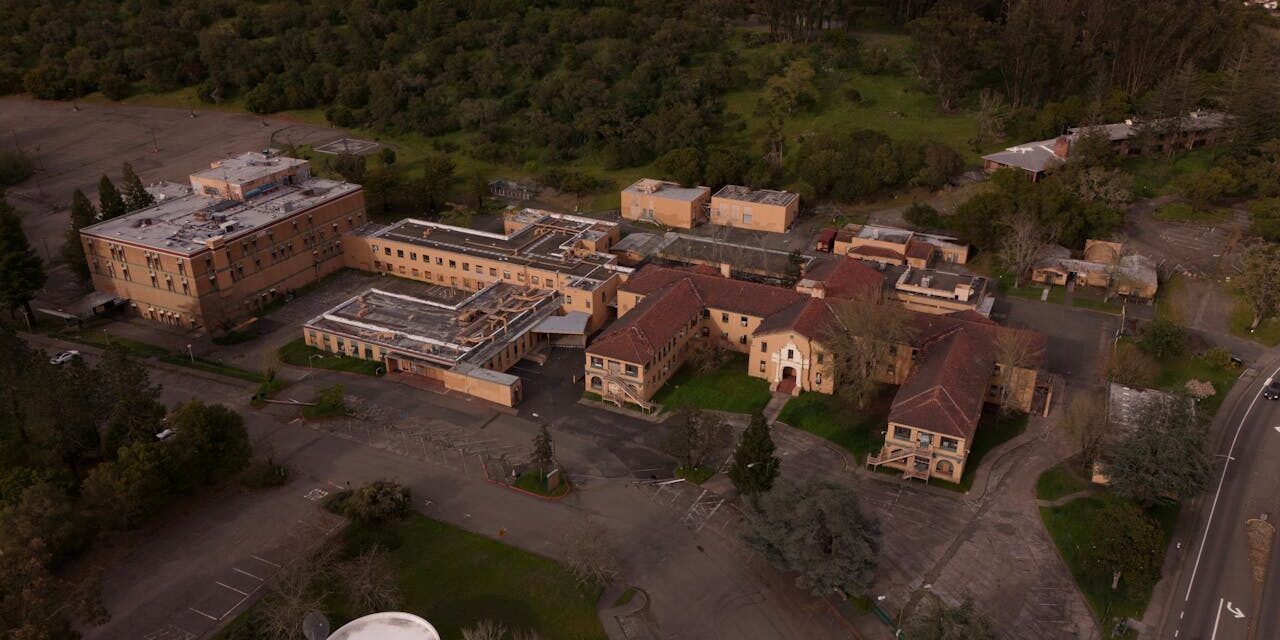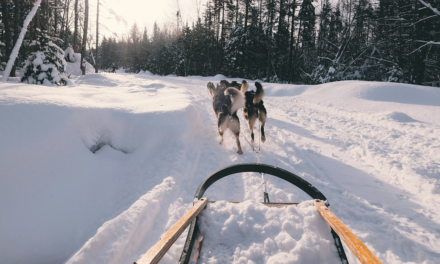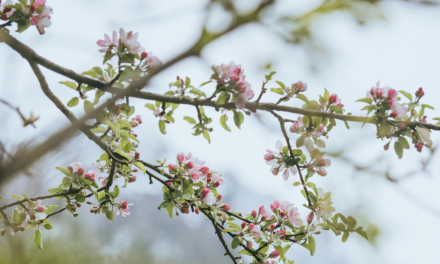As I sit here recounting the vibrant past of Santa Rosa, California, I’m reminded of the intricate nature of history.
Santa Rosa isn’t just another dot on the map; it’s a living museum, with each street corner whispering tales of yesteryears. Let’s embark on a journey together, unraveling the story of Santa Rosa from its early days to the bustling city it is today.
Table of Contents
The Beginnings: Seeds of a City
The land that would become Santa Rosa first echoed with the footsteps of the Pomo and Miwok tribes.
With the arrival of the Spanish in the 19th Century, everything changed.
Land grants marked the beginning of European influence, paving the way for the Carrillo family, prominent figures in Santa Rosa’s early development. By the mid-1800s, with the Gold Rush in full swing, Santa Rosa was well on its way to becoming a central hub in Northern California.
A Blossoming Community
In 1868, Santa Rosa hitched its wagon to progress and was incorporated as a city.
The fertile land, once nourished by indigenous hands, now birthed sprawling vineyards and orchards. Luther Burbank chose this paradise to cultivate his plant-breeding empire, leaving an indelible green thumbprint on the region.
The Heartbeat of Sonoma County
As the county seat of Sonoma, Santa Rosa’s heart pulsated with agricultural, commercial, and political life.
The historic Courthouse Square has witnessed rallies, celebrations, and the everyday hustle of its citizens. I marvel at the community’s resilience, especially after the 1906 earthquake that brought even the mighty courthouse to its knees, only for the city to rise again, stronger than before.
The 20th Century Onward: Innovation and Identity
The 20th Century saw Santa Rosa maturing into a modern city.
The Santa Rosa Army Air Field’s surge of activity during World War II reshaped the city’s social and economic landscape. Post-war prosperity fueled growth, and Santa Rosa expanded, albeit grappling with urban development challenges versus historical preservation.
A Modern Melting Pot
Santa Rosa is a melting pot of cultures, ideas, and ambitions today.
Each neighborhood, from the historic Railroad Square to the serene Rincon Valley, adds a unique flavor to the city’s identity. Charles M. Schulz, the beloved creator of Peanuts, called it home, and the Charles M. Schulz Museum is a homage to the city’s embrace of creativity.
Santa Rosa’s Spirit: Resilience Amidst Flames
The recent wildfires, which threatened to unravel the fabric of our community, instead demonstrated the indomitable spirit of Santa Rosans.
The city’s response, a blend of grit and grace, has been inspirational.
Cultural & Natural Heritage
Beyond the urban sprawl lies the lush expanse of Annadel State Park, a sanctuary where nature has painted its own masterpiece.
Here, amidst the wildflowers and oak woodlands, you can feel the earth’s pulse and understand why this place has captivated so many hearts.
Conclusion: The Enduring Legacy of Santa Rosa
Santa Rosa is more than its past; it is a continuous story written by every soul who has walked its streets.
It’s where farmers’ markets buzz with local produce and where the Russian River Brewing Company pours pints of world-renowned Pliny the Elder. It’s the festivals, farmers, artists, and educators weaving their narratives into the city’s broadcloth.
As we pause here, let’s ponder – what does Santa Rosa mean to you? How has its history shaped your experiences or your community’s identity?
Q&A: Santa Rosa’s Past and Present
Q: How do you see Santa Rosa maintaining its historical roots while fostering innovation?
A: Santa Rosa walks a tightrope between honoring its past and forging its future. Its historical roots are not just preserved; they are celebrated, providing a sturdy foundation for innovation. The city’s commitment to sustainability and technology, balanced with respect for heritage, promises a future as fruitful as its past.
Q: What personal memory stands out to you in Santa Rosa’s history?
A: I recall Santa Rosa’s resilience in the aftermath of the wildfires. The way the community rallied and the outpouring of support is etched in my memory. It’s not just about rebuilding structures; it’s about reigniting the city’s collective spirit.





